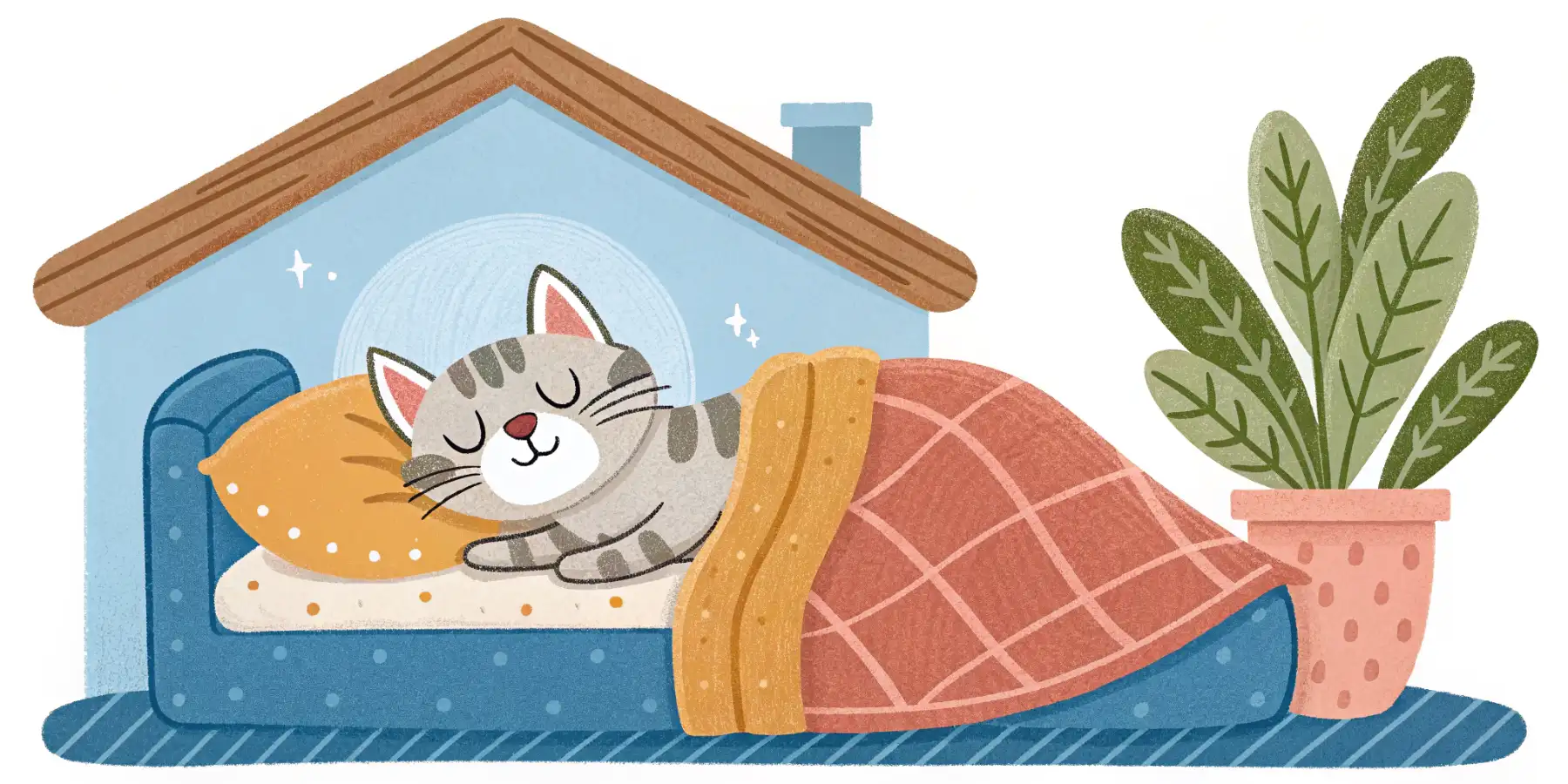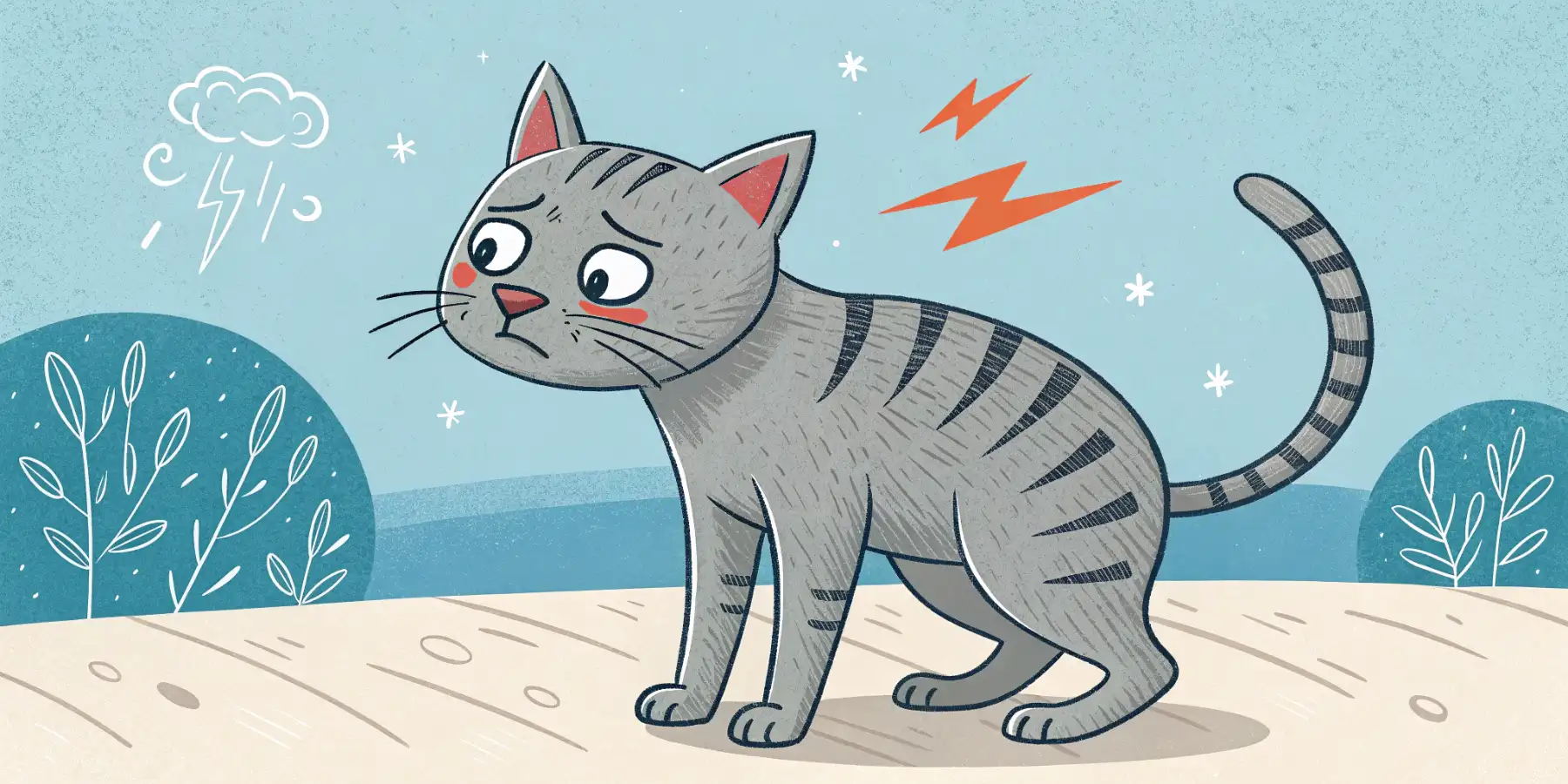
Senior Cat Arthritis: Pain Relief & Mobility Tips
Senior cat arthritis slowing your friend down? 😿 Learn pain relief tips & simple changes to boost their mobility!
Managing Arthritis and Mobility Issues in Your Senior Cat: A Guide to Pain Relief and Environmental Aids
As our feline companions gracefully age, they may face challenges that impact their mobility and comfort. Arthritis, a common condition in senior cats, can lead to stiffness, pain, and a decreased quality of life. But don’t despair! With proactive management, including pain relief strategies and environmental adjustments, you can help your senior cat live a happier, more comfortable life.
Recognizing the Signs of Arthritis in Cats
Cats are masters of disguise, often hiding discomfort until it becomes quite severe. This is why it’s crucial to be observant and look for subtle signs that your cat might be experiencing joint pain related to arthritis or other mobility issues.
Here are some common indicators:
- Decreased Activity: Your cat may be less inclined to jump, climb, or play. You might notice them spending more time sleeping or resting in one spot.
- Stiffness or Limping: Observe your cat’s gait. Are they moving more slowly or with a slight limp? Do they seem stiff, especially after resting?
- Difficulty Grooming: Cats with arthritis may struggle to reach certain areas of their body, leading to a matted or unkempt appearance, particularly along their back and tail base.
- Changes in Litter Box Habits: Arthritis can make it painful for your cat to climb into a litter box with high sides. They might start eliminating outside the box, not out of spite, but due to physical limitations. This is a crucial sign to address immediately.
- Irritability: Pain can make your cat more sensitive and reactive. They might become less tolerant of being touched or handled.
If you notice any of these signs, schedule a veterinary appointment for a thorough examination. Early diagnosis is key to effective management of feline arthritis.
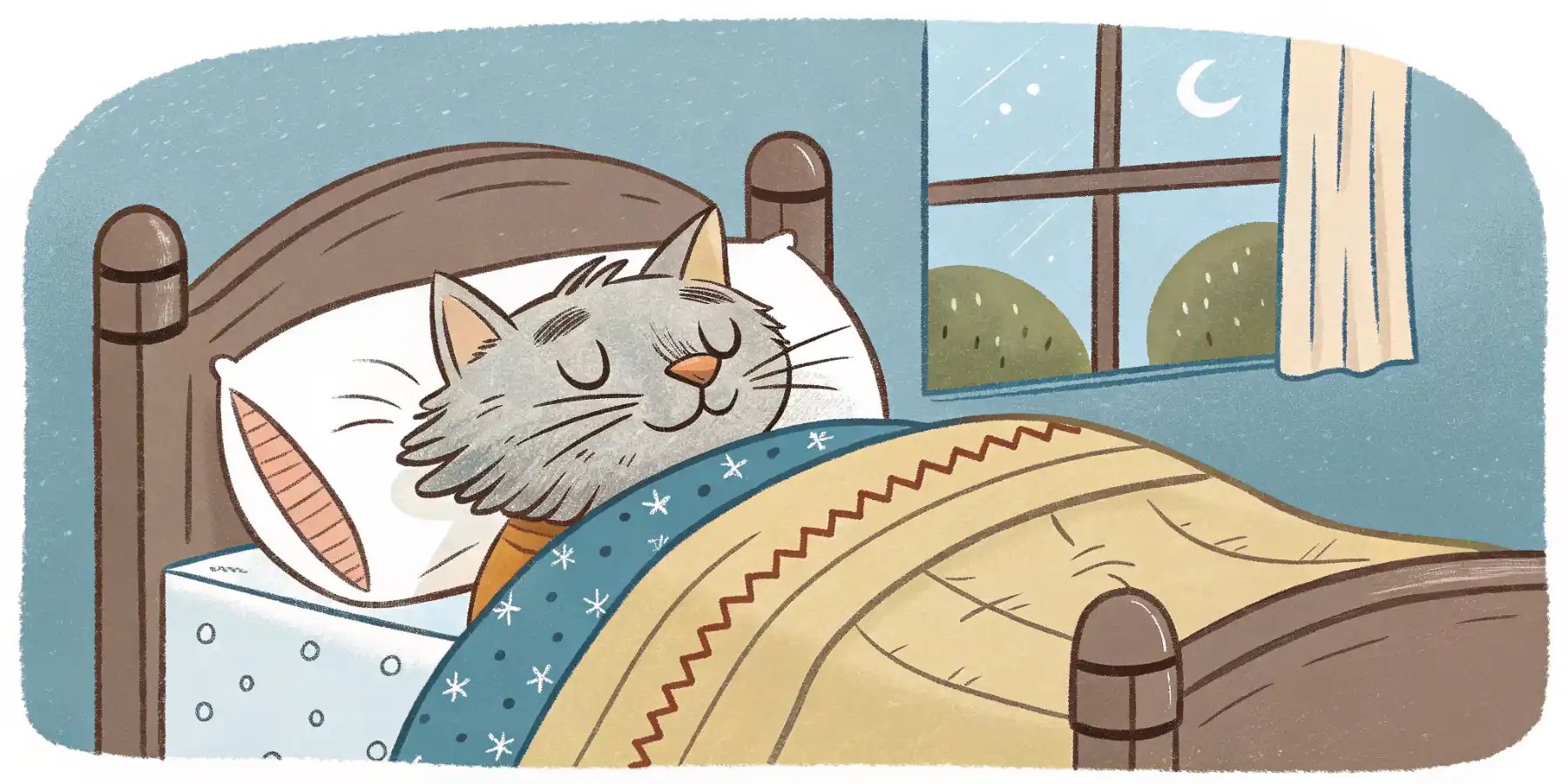 Image: A senior cat curled up comfortably in a soft, supportive orthopedic bed, highlighting the importance of providing comfortable resting places for arthritic cats.
Image: A senior cat curled up comfortably in a soft, supportive orthopedic bed, highlighting the importance of providing comfortable resting places for arthritic cats.
Veterinary Diagnosis and Treatment Options for Feline Arthritis
Your veterinarian will perform a physical exam, potentially including X-rays or other imaging, to diagnose arthritis and rule out other potential causes of your cat’s discomfort.
Treatment options often involve a multi-faceted approach:
- Pain Medication: Your veterinarian may prescribe pain relievers specifically formulated for cats. Never give your cat human pain medication, as many are toxic to felines. Common options include NSAIDs (non-steroidal anti-inflammatory drugs) specifically approved for cats, as well as newer pain medications.
- Joint Supplements: Glucosamine and chondroitin are popular joint supplements that can help support cartilage health and reduce inflammation. Omega-3 fatty acids, often found in fish oil, can also have anti-inflammatory benefits. Speak to your vet about appropriate dosages and brands.
- Weight Management: Excess weight puts extra strain on your cat’s joints. If your cat is overweight, your veterinarian can recommend a weight-loss plan to help them shed some pounds.
- Physical Therapy: While less common for cats than dogs, certain exercises and stretches can help improve mobility and reduce stiffness. Your veterinarian might recommend a veterinary rehabilitation specialist.
- Alternative Therapies: Some pet owners find that acupuncture, laser therapy, or massage therapy can provide relief for their arthritic cats. Always consult with your veterinarian before trying any alternative therapies.
Creating an Arthritis-Friendly Environment for Your Senior Cat
Making simple changes to your cat’s environment can significantly improve their comfort and mobility.
- Provide Easy Access to Resources: Place food and water bowls, litter boxes, and favorite resting spots on the same level, eliminating the need for your cat to jump or climb stairs.
- Lower Litter Box Entry: Use a litter box with low sides or create a ramp to make it easier for your cat to get in and out. Consider switching to a larger litter box as well, giving your cat more room to maneuver.
- Offer Comfortable Bedding: Provide soft, supportive beds in warm, draft-free locations. Orthopedic beds with memory foam can be particularly beneficial for cats with arthritis.
- Ramps and Steps: Install ramps or pet stairs to help your cat reach favorite perches, such as windowsills or couches.
- Grooming Assistance: Help your cat with grooming, especially in areas they can no longer reach easily. Gentle brushing can also improve circulation and provide a soothing massage.
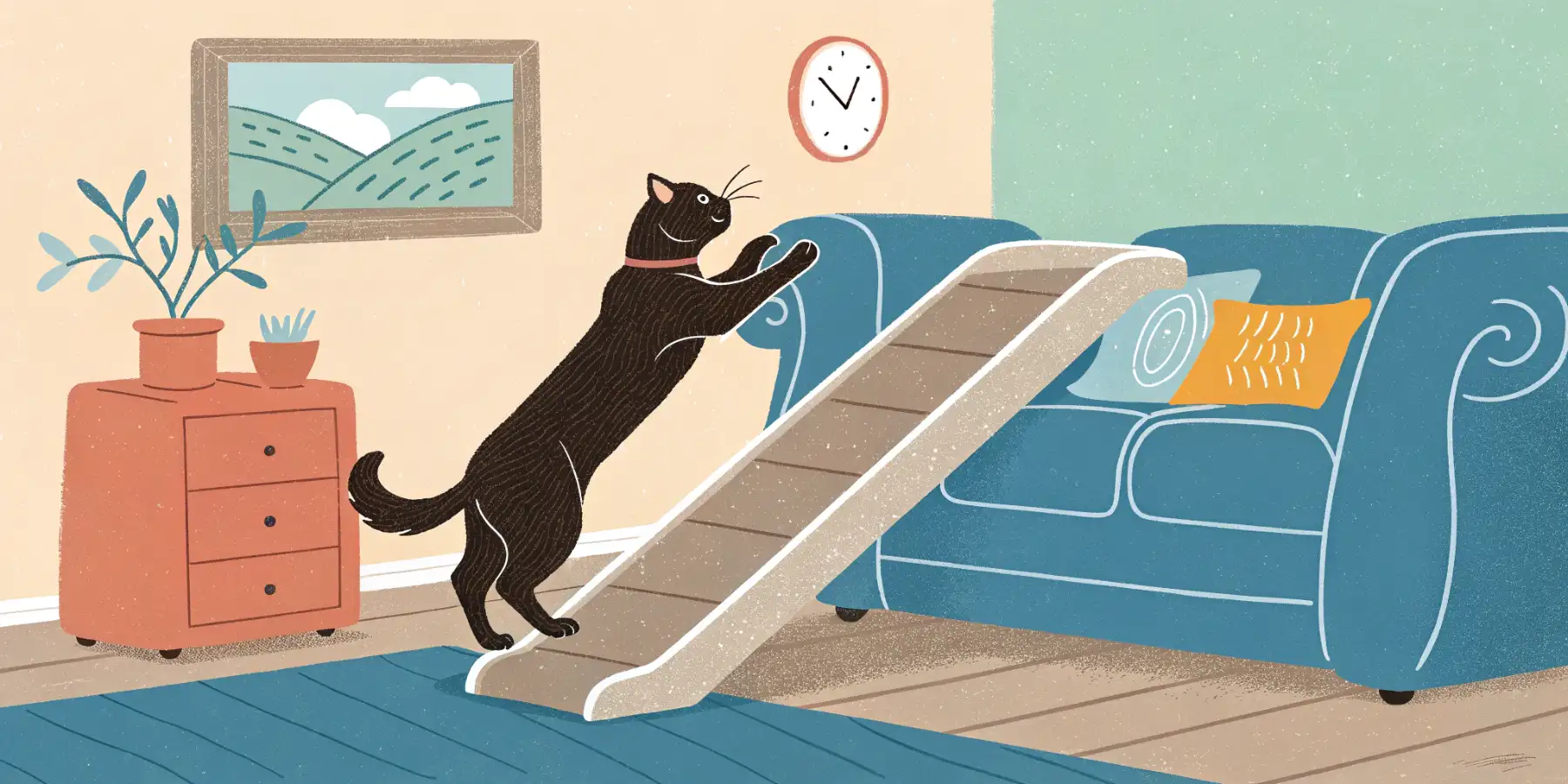 Image: A cat comfortably walking up a pet ramp to reach a sofa, illustrating how ramps can help arthritic cats access their favorite spots.
Image: A cat comfortably walking up a pet ramp to reach a sofa, illustrating how ramps can help arthritic cats access their favorite spots.
Pain Relief at Home: Practical Tips and Tricks
Beyond veterinary treatment and environmental modifications, there are several things you can do at home to help manage your cat’s pain and improve their quality of life.
- Warm Compresses: Applying a warm compress to your cat’s affected joints can help soothe sore muscles and reduce stiffness. Use a warm (not hot) damp cloth and apply it gently for 5-10 minutes at a time.
- Gentle Massage: Lightly massage your cat’s muscles and joints to improve circulation and reduce tension. Pay attention to their body language and stop if they show any signs of discomfort.
- Maintain a Consistent Routine: Cats thrive on routine. Keeping a consistent schedule for feeding, playtime, and rest can help reduce stress and improve overall well-being.
- Provide Mental Stimulation: Even with limited mobility, your cat still needs mental stimulation. Offer interactive toys, puzzle feeders, or short play sessions to keep them engaged and prevent boredom.
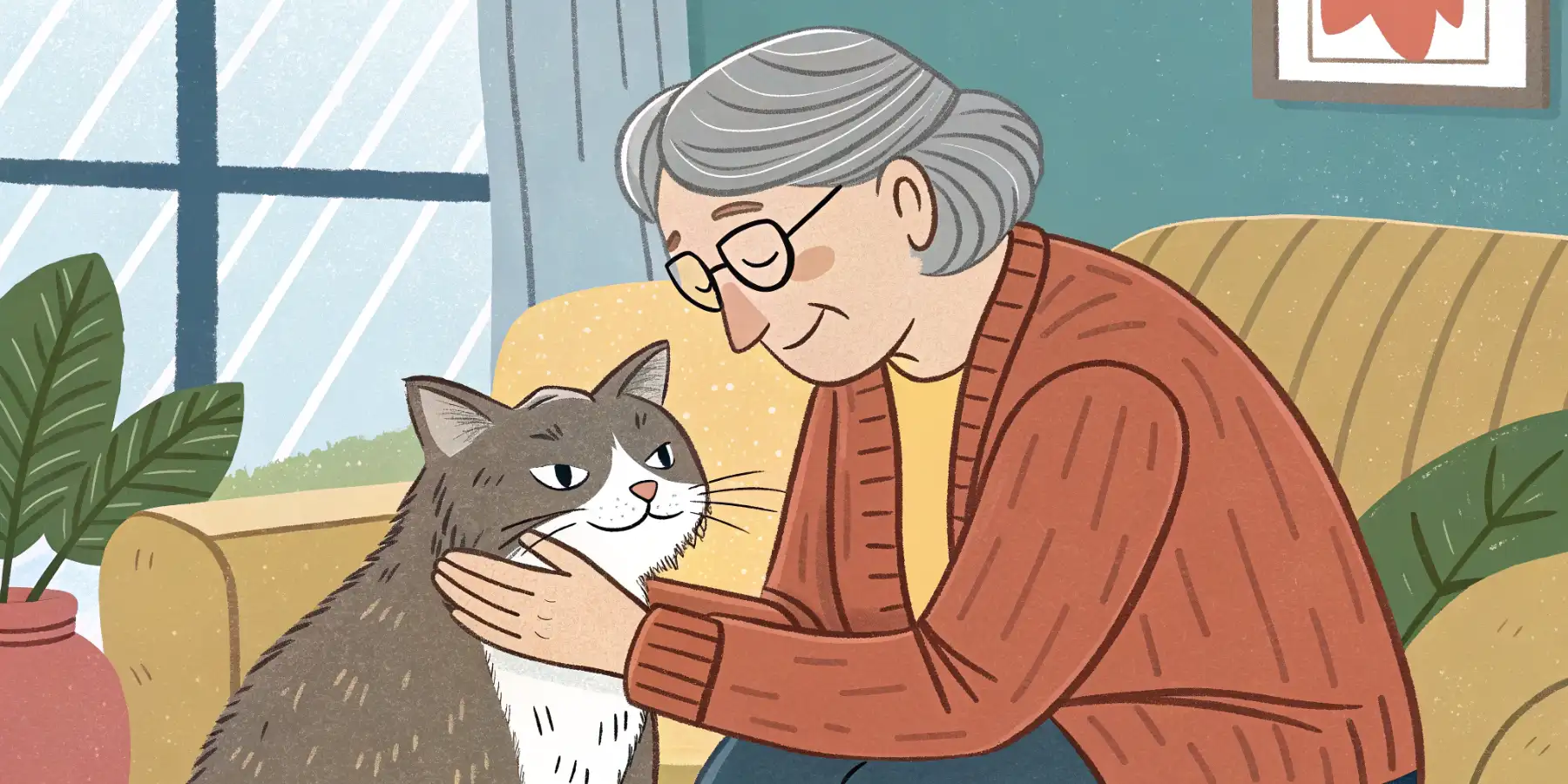 Image: A loving owner gently petting a senior cat, emphasizing the importance of gentle interaction and affection for cats with arthritis.
Image: A loving owner gently petting a senior cat, emphasizing the importance of gentle interaction and affection for cats with arthritis.
Monitoring and Adjusting Treatment
Arthritis is a progressive condition, meaning it tends to worsen over time. Regular veterinary checkups are essential for monitoring your cat’s condition and adjusting their treatment plan as needed.
Keep a close eye on your cat’s behavior and note any changes in their mobility, appetite, or litter box habits. Communicate these observations to your veterinarian to ensure they receive the best possible care.
I believe that proactive management, including veterinary care, environmental modifications, and home care strategies, can significantly improve the quality of life for senior cats with arthritis. Don’t let arthritis steal your cat’s joy. By working closely with your veterinarian and providing a supportive and comfortable environment, you can help your beloved feline companion live a long, happy, and fulfilling life, even with limited mobility in senior cats. Remember, early diagnosis of arthritis in cats is key to successful pain management and improved well-being. nd fulfilling life despite age-related challenges.*
